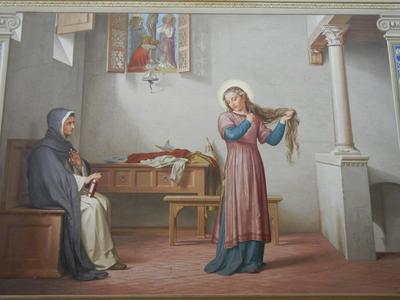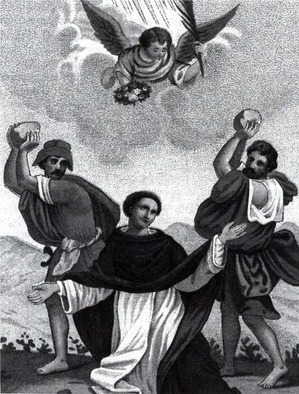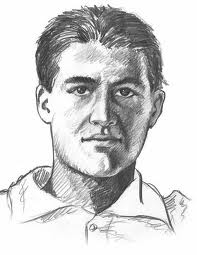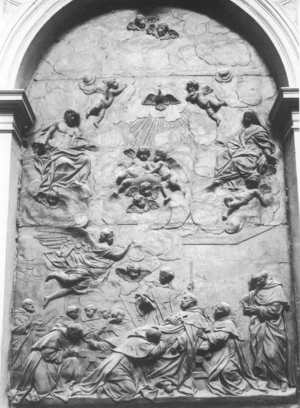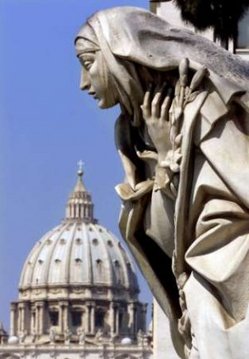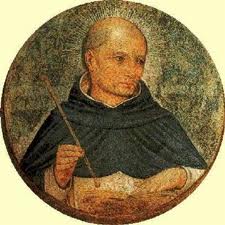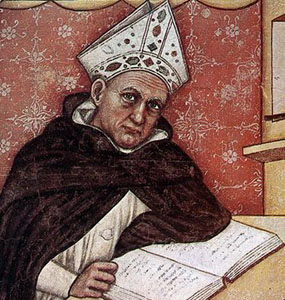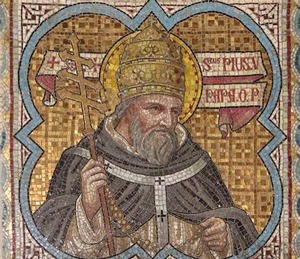 Antonio Ghislieri (1504-72) was born near Alexandria, a town in Lombardy on the Adriatic. His vocation was with the Dominicans who educated him, had him ordained and missioned him to teach theology. He was elected bishop having served in several places where and he sought to reform the moral and theological, canonical and liturgical laxity of the clergy and laity alike; his concern was the coherence of the Catholic Faith. Sound familiar? Among his many responsibilities was taking up the work of Inquisitor in the Italian region. He was elected to the See of Rome in 1566. As Pope he strenuously promoted the Catholic Reformation outlined by the Council Fathers of Trent (doing of the same work as pope as he did as bishop), oversaw the excommunication of Queen Elizabeth I of England, encouraged missionary work and reformed the brieviary,the sacred Liturgy and the Catechism.
Antonio Ghislieri (1504-72) was born near Alexandria, a town in Lombardy on the Adriatic. His vocation was with the Dominicans who educated him, had him ordained and missioned him to teach theology. He was elected bishop having served in several places where and he sought to reform the moral and theological, canonical and liturgical laxity of the clergy and laity alike; his concern was the coherence of the Catholic Faith. Sound familiar? Among his many responsibilities was taking up the work of Inquisitor in the Italian region. He was elected to the See of Rome in 1566. As Pope he strenuously promoted the Catholic Reformation outlined by the Council Fathers of Trent (doing of the same work as pope as he did as bishop), oversaw the excommunication of Queen Elizabeth I of England, encouraged missionary work and reformed the brieviary,the sacred Liturgy and the Catechism.Saint Pius V, Pope, pray for us.

